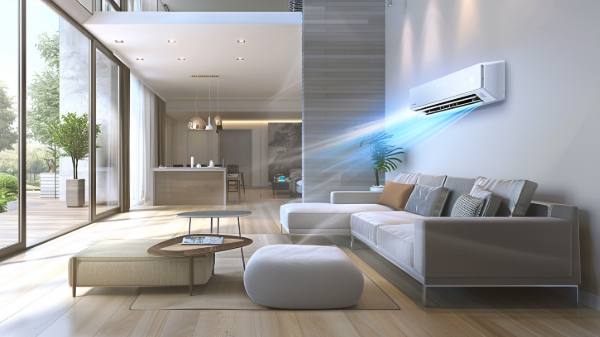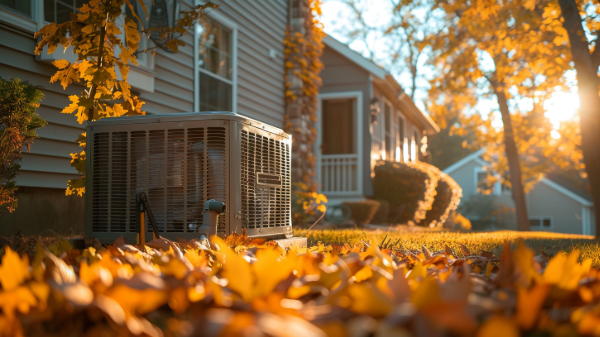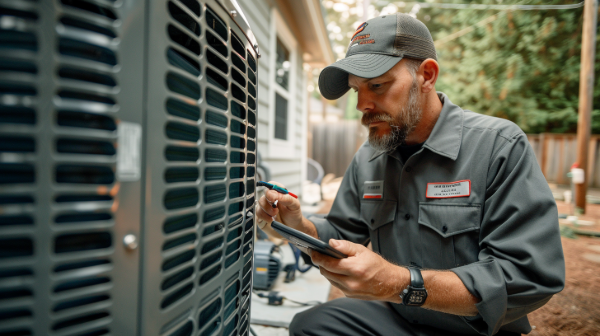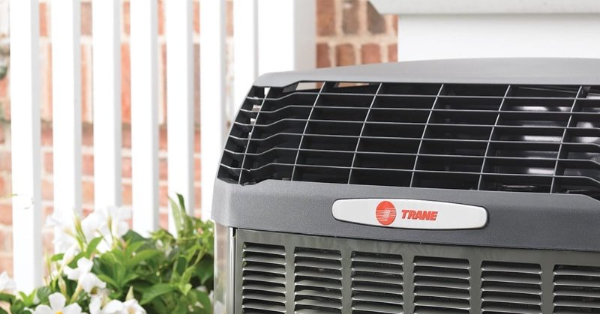Understanding the Factors Affecting Furnace Longevity
Understanding Furnace Lifespan and When a Replacement is Necessary
A furnace is vital to maintaining heat within a residence or business, especially during the winter months. On average, a furnace should last between 15 and 30 years, with most eeking out 20 before a homeowner or business owner needs a replacement. Any HVAC contractor in Sonoma and Marin County will explain that a furnace's lifespan depends on many factors, most of which a homeowner or business owner has control over.
Factors Affecting Furnace Lifespan
While there are many potential causes for early equipment failure, in terms of a properly functioning furnace, each factor typically falls within three categories: use, size, and maintenance. Not all issues require an HVAC technician's expertise either; some problems arise because of owner error. To protect against owner error, make sure you understand your system, and to maintain the health of your furnace, learn about the three categories leading to early failure.
1. Use
Manufacturers do not design furnaces with fidgety owners in mind. The systems work best when set to a temperature and left to sustain it. By continually adjusting the temperature settings, the system cannot establish a routine, meaning that it must work harder to satisfy the constant change, reducing the device's lifespan.
Some systems do allow for greater temperature control and monitoring with smart thermostats. For example, owners can set heating times, making the house or office warmer when people are present and cooler when they are not. While this adjusts temperature settings, it does so predictably and in an energy-efficient way, prolonging the life of your furnace.
2. Size
When people think about a furnace for their home or office, they typically consider specific brands or models, neglecting the size. However, size plays a significant role in efficiency and lifespan. A system that is too small for the area will need to work harder to produce the right temperature, wearing down integral components quicker. A larger-than-necessary system will perform more cycles, again creating more wear and tear than is necessary. Finding the right size unit is vital to get projected lifespans, which requires measurements from a qualified heating technician.
3. Maintenance
A furnace requires both DIY and professional maintenance. For example, a homeowner or business owner needs to replace the air filters in the unit regularly — every three months or less, depending on the furnace and its requirements. However, beyond general upkeep, annual and thorough inspections are necessary to keep the furnace operating, ensuring all components' longevity. A significant benefit of yearly professional service is the opportunity to correct minor problems before they lead to substantial costs.
Replacement Costs
On average, a furnace replacement can cost between $3,000 and $10,000. While significant, these expenses can be planned for, especially when you maintain your system. Owners who keep up with maintenance and minor repairs can expect at least 15 to 20 years out of their heating system, meaning the multi-thousand dollar cost can be divided over those years, making the expense less intimidating.
If you have not had a furnace inspection done recently, now is the time. Contact Next Level HVAC to schedule an appointment and system assessment, potentially prolonging its lifespan.









